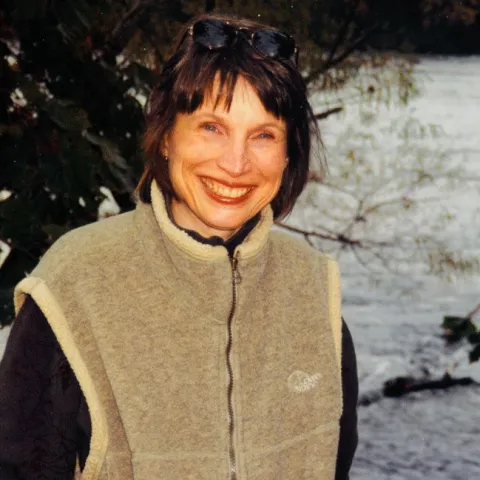Produced, written and directed by Larry Hall, this ETV Classics documentary outlines the relationship between Barbados and South Carolina.
Barbados is a small island country in the southeastern Caribbean Sea, which had been known to the Spanish, as well as the Portuguese, however, the first English colonist to land on the island was Captain Simon Gordon, in 1620. It was claimed for the English crown five years later, by Captain John Powell.
The number of African slaves remained minimal, until the success of sugarcane cultivation caused the demand for field workers to drastically increase. By 1655, Barbados would become the most densely populated place on Earth. Once there was no more room for expansion, the decision was made to fund a settlement in North America.
Of the eight Lords Proprietors to receive a charter to settle the Carolinas, the most active were lords Anthony Ashley Cooper, and Sir John Colleton, both of whom owned plantations in Barbados. Parishes in the colony of SC were named after those in Barbados, and the system of government adopted by South Carolina also made its way from Barbados. The institution of slavery and its slave laws followed the colonizers to the new land.
The first wave of settlers from Barbados arrived in April 1670. These English established Albemarle Point, which would later become known as Charlestowne. Accompanying the wealthy colonial landowners were African American slaves, as well as white indentured servants.
Charlestowne’s success as a colony was attributed to the success of England’s settlement of Barbados. Charleston’s wealth in its early days was attributed to South Carolina's trade relationship with Barbados, rather than from cash crops, which would come later. The Carolinas supplied lumber and beef to Barbados and trade was brisk, if occasionally beset by pirates. Plantations like Magnolia and Drayton Hall in Charleston stand today as symbols of Charleston’s early wealth.
Side Notes
- View also: Beyond Barbados: The Carolina Connection, produced in 2019 by Sanford Adams of South Carolina ETV.
- Colonial Barbados EBSCO Research Starters.
- History of Barbados - Britannica.
- Barbados Becomes a Republic and Parts Ways With the Queen (BBC) 2021.
- Larry Hall's area of special interest was South Carolina history, and he produced Palmetto Places, as well as Mary Long's Yesteryear, as well as many fine documentaries.

